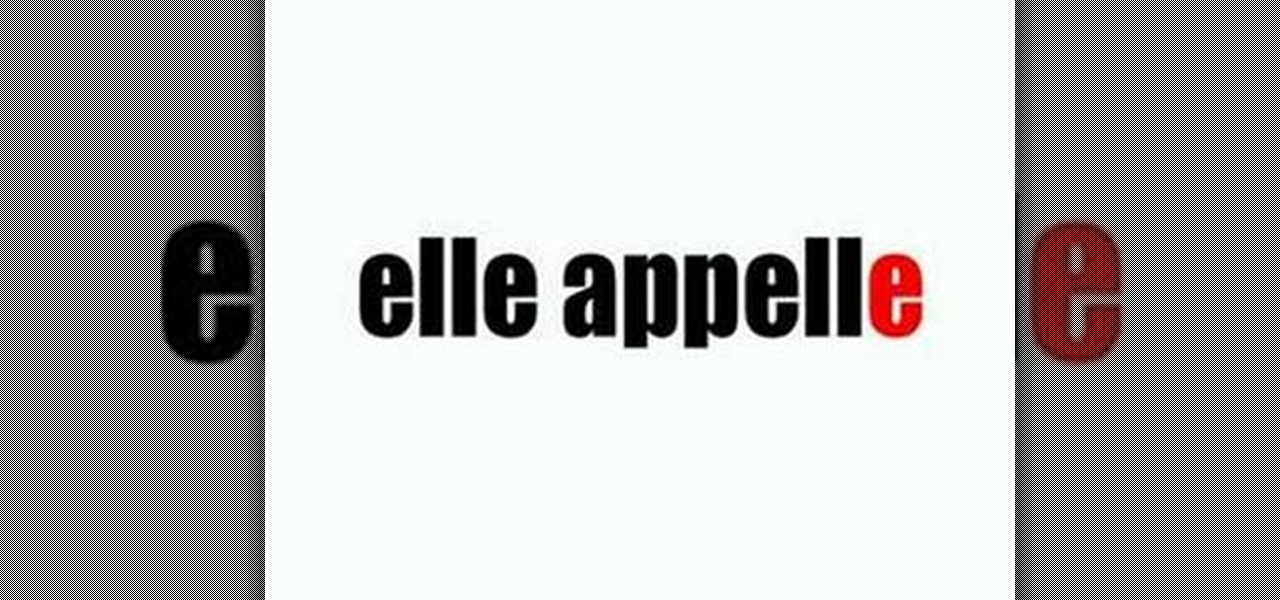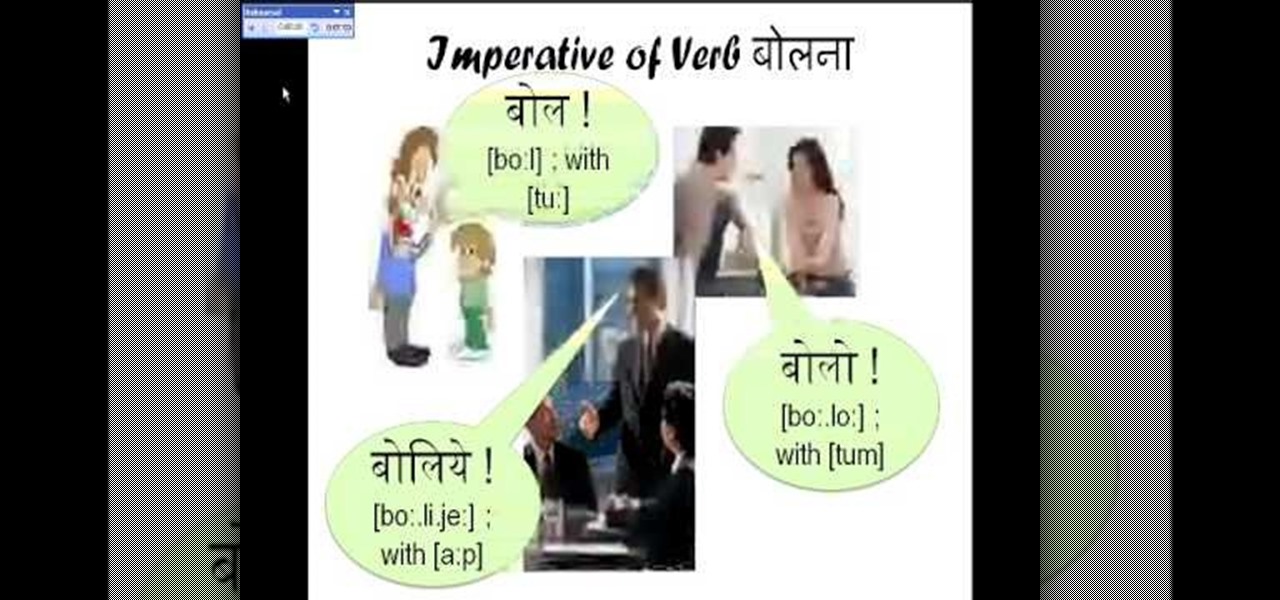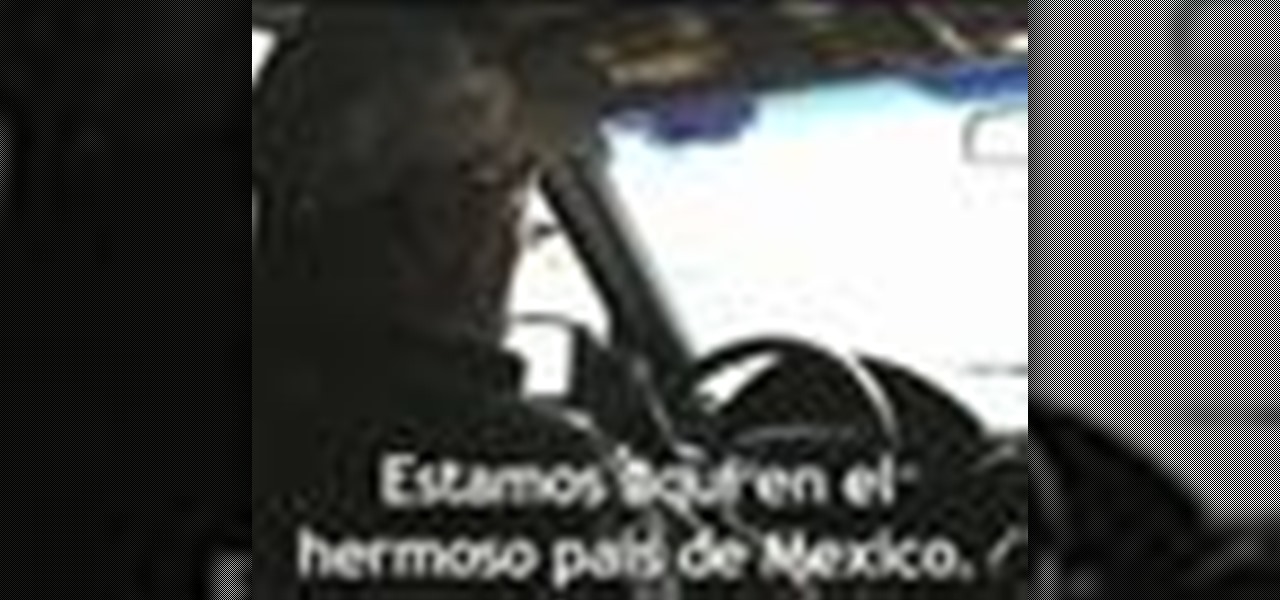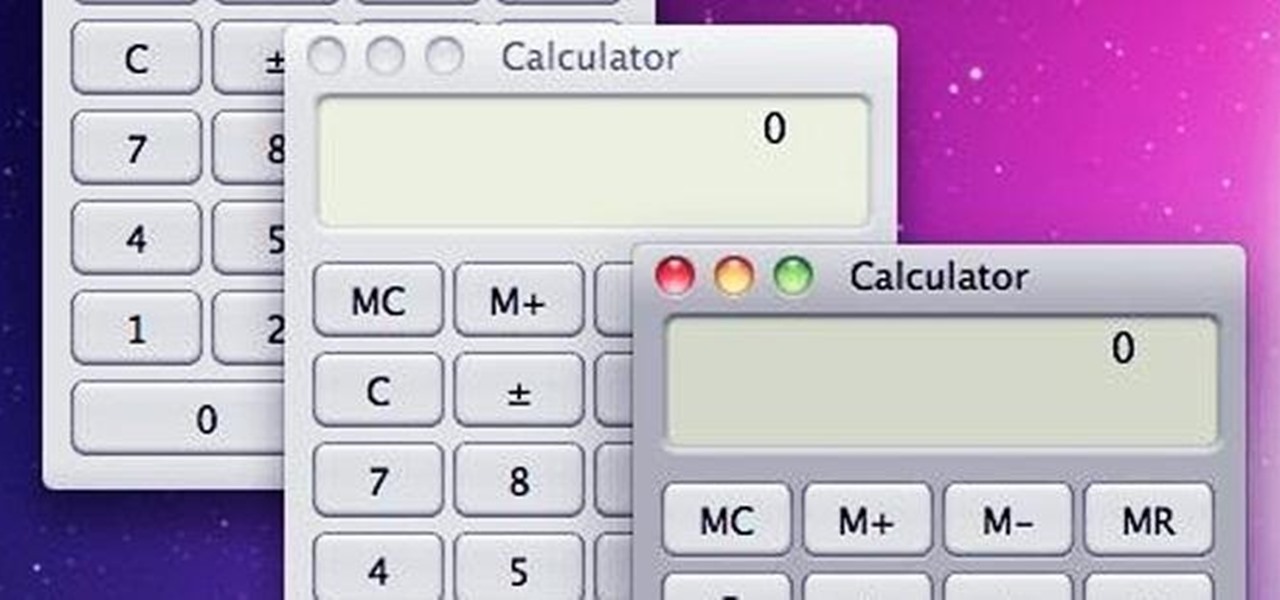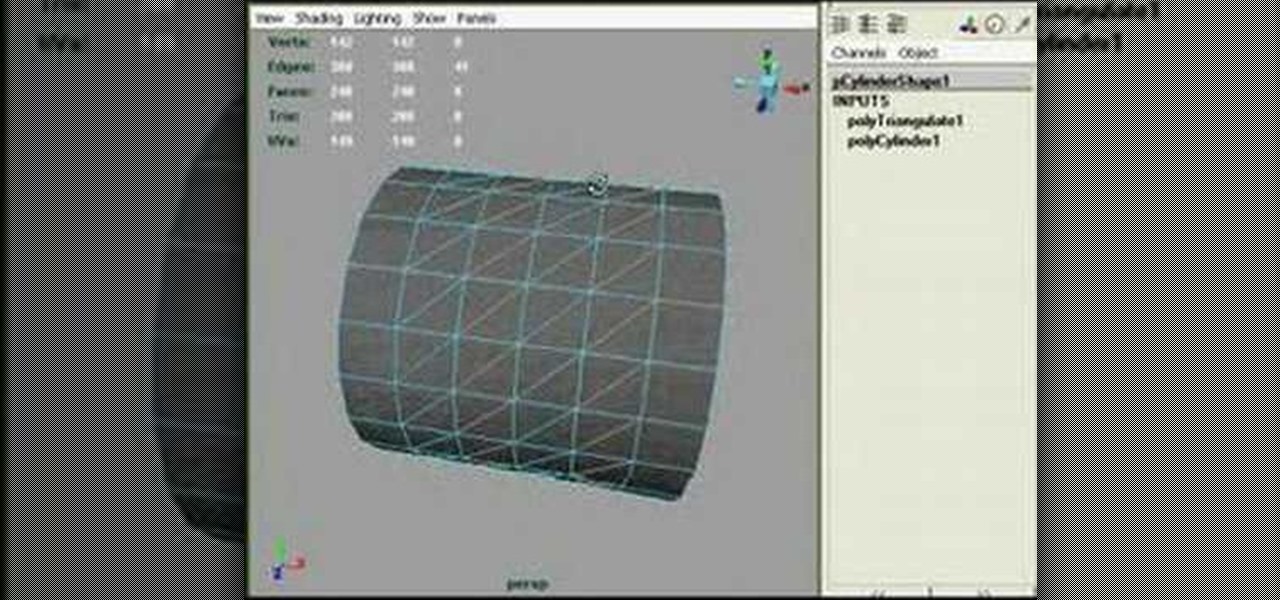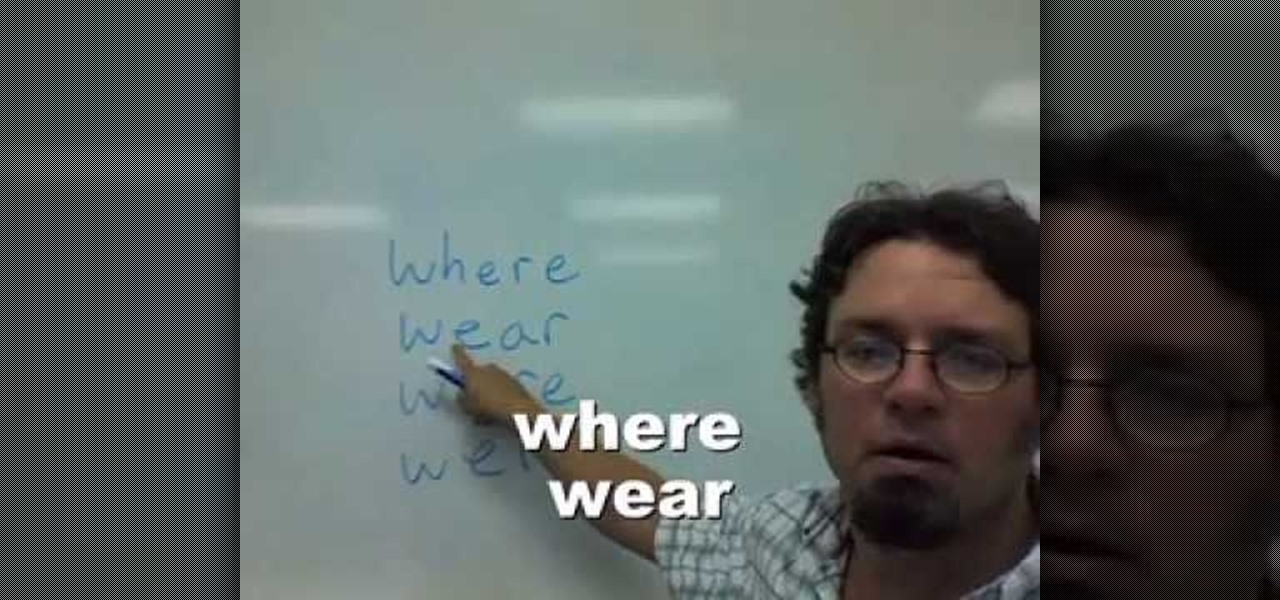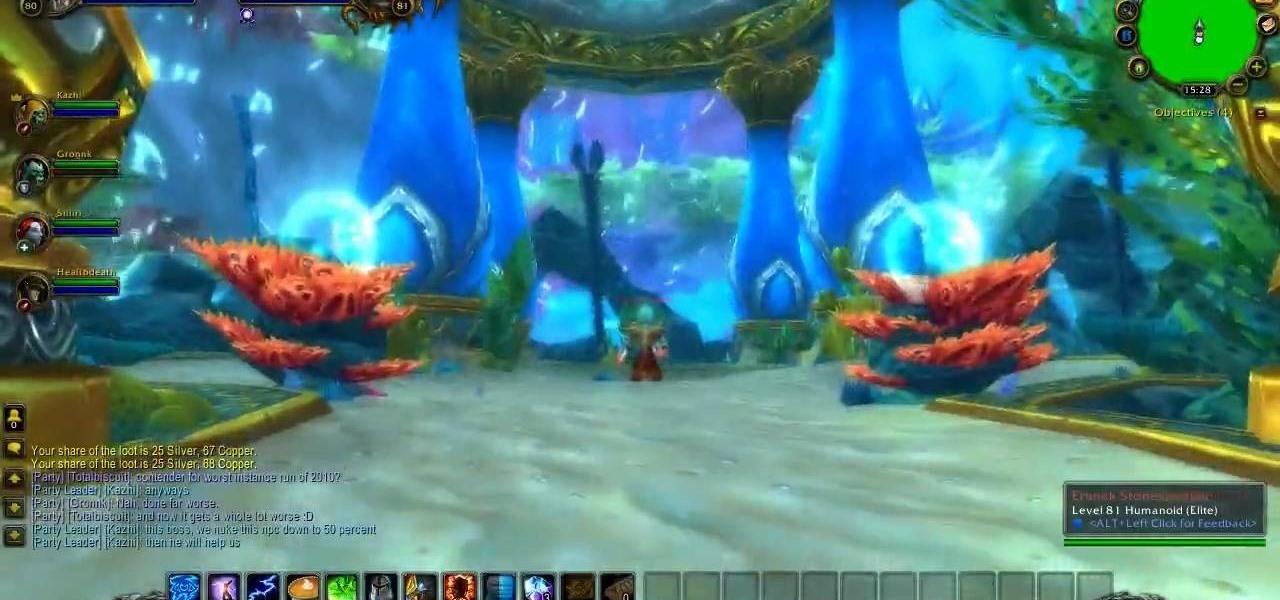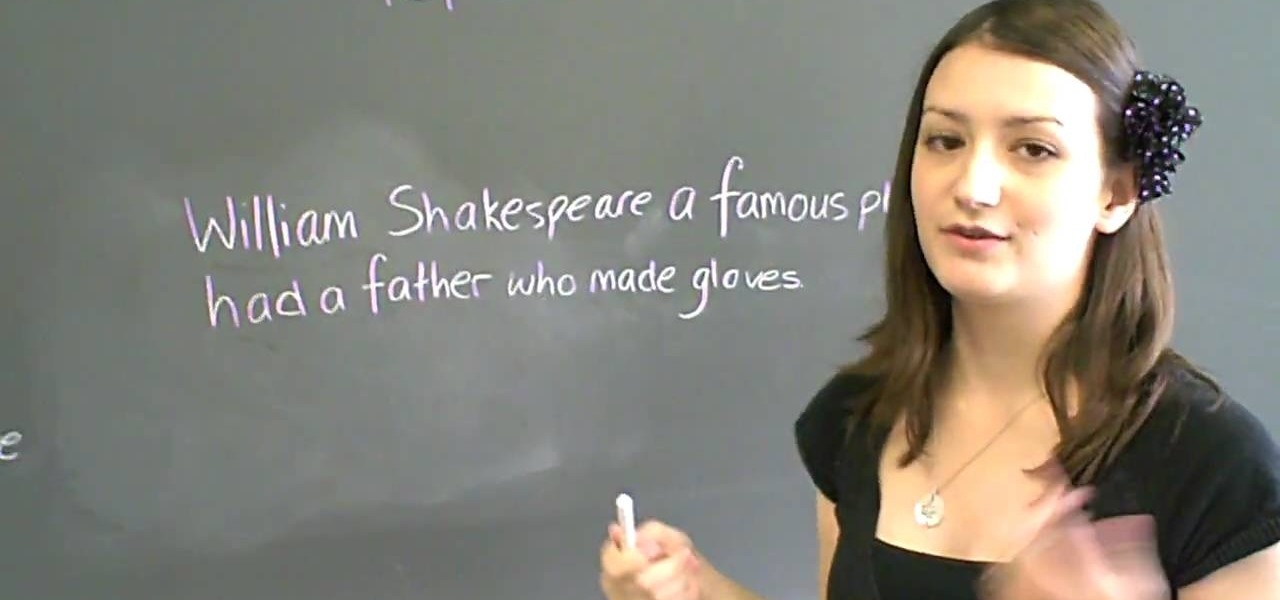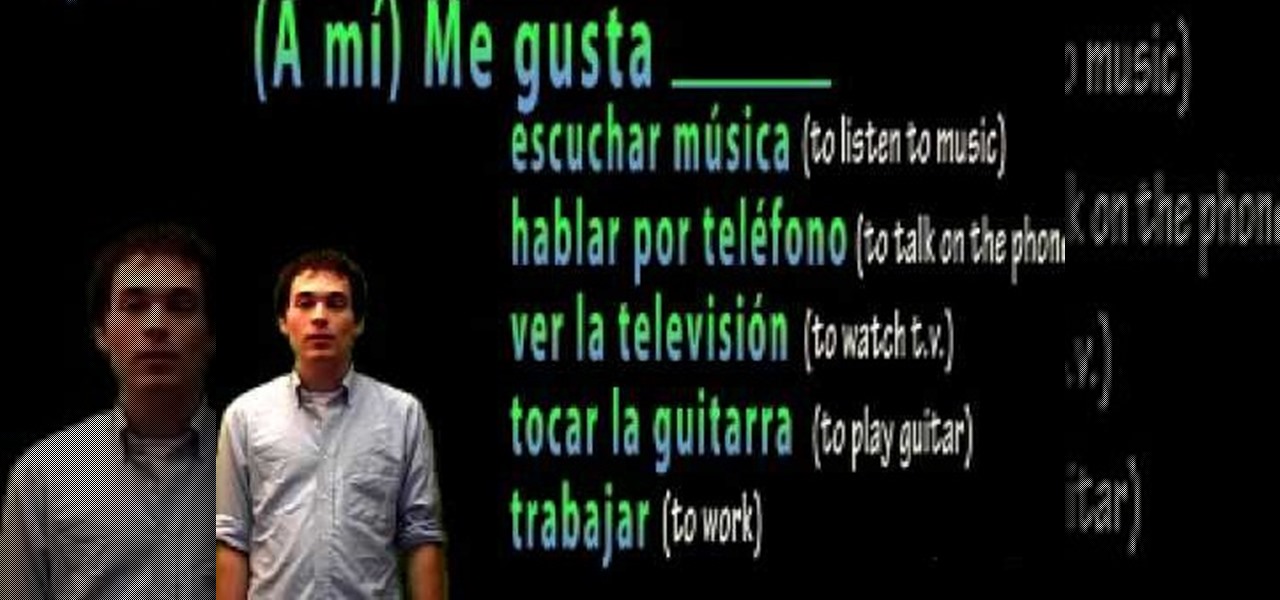
Larry Keim, the host of "Rolling R's", teaches Junior High School Spanish in Mesa, Arizona. He has a passion for Spanish, and he's created this video podcast to give away Spanish lessons for free. In this show, Larry introduces you to the Spanish verb “llevar” which means “to wear”.

Learn how to conjugate the French verb "être" (to be) in the future tense

Learn how to conjugate the French verb "avoir" (to have) in the present subjunctive

Learn how to conjugate the French verb "vouloir" (to want) in the present tense

Learn how to conjugate the French verb "aimer" (to like) in the imperfect tense

Learn how to conjugate the French verb "revenir" (to return) in the present tense

Learn how to conjugate the French verb "porter" (to carry) in the present tense

Learn how to conjugate the French verb "parler" (to speak) in the present tense

Learn how to conjugate the French verb "faire" (to do) in the present tense

Learn to conjugate the French verb "écrire" (to write) in the present tense

Learn how to conjugate the French verb "dire" (to say) in the present tense

Learn how to conjugate the French verb "croire" (to believe) in the present tense

Learn how to conjugate the French verb "comprendre" (to understand) in the present tense

Learn how to conjugate the French verb "appeler" (to call) in the present tense

Learn how to conjugate the French verb "être" (to be) in the plus-que-parfait

Learn how to construct yes or no questions in the past tense in English. The helping verb "did" and the simple form of the main verb make a question.

Learn how to make the verb "to be" negative in English.

This is the tenth part of my video series on learning Hindi. We come to more verbs, simple present and present continuous and imperative, as well as postpositions (prepositions which come after the noun). Pronunciation and gender (masc or fem) is stressed and is in IPA.

Larry Keim, the host of "Rolling R's", teaches Junior High School Spanish in Mesa, Arizona. He has a passion for Spanish, and he's created this video podcast to give away Spanish lessons for free. In this lession, Larry shows how to use the Spanish verb “ir” that is pronounced like “ear” and means “to go.”

In this video, we learn how to use compound tenses with "haber" and "estar" in Spanish. "I am speaking" would translate into "You estoy hablando". If you are talking about a girl eating, you would say "Ella esta comiendo". To say "they were writing letters", you would say "Ellos estaban escribiendo cartas". You will see the form of the verb changing in each of the sentences. You will also see the gender of the verb changing in each of the sentences, depending on who is being talked about. The...

In this tutorial, we learn examples on how to use separable verb phrases for the classroom. The first one is, "Do over", this is the same thing as "to do something again". If you make a mistake on an assignment, your teach might ask you to "do it over". "Fill in", means to write in answers on a test or assignment, to fill in the blanks. "Turn in" means for the student to give something or hand it in to the teacher. "Hand out" is to give something to the students and this is what a teacher doe...

With the use of Terminal, anyone can run multiple instances of the same application on a Mac. When you have multiple windows open in a web browser, the windows are all running under the same Process ID (PID). But, with multiple instances, each has its own unique PID. So why would you want to run multiple instances of the same app? There are several reasons a person may run clones of the same application, but the most popular would be so that the user could multitask. Some applications, like t...

For those who aren't familiar with them, knurls (can also be a verb: knurling) are the textured parts on the end of screws and other metal pieces that make them easier to grab. This video will teach you how to use Maya to create 3D models of knurls. You probably won't need too many knurls in your 3D art, unless you work in industry, but the lessons learned here can be applied to all sorts of other 3D modeling projects.

Learn how to conjugate the French verb "avoir" (to have) in the present perfect.

Watch to learn how to conjugate the French verb "aller" ("to go") in the present imperative.

In this video, we learn how to order food and drinks in Spanish. First, you will need to learn how to say "to want", "I need", "please", "to be able to". Once you familiarize yourself with these phrases, you will have the first part of being ready to order in Spanish. You will also need to learn the names for foods and the verbs for eat, drink, and bring. Depending on the types of food you eat, many are easy to learn. Some foods don't change name in Spanish and sound the same in English. Ther...

Check out this instructional language video and learn about the irregular Russian verb "khotet". Learn Russian with Viktor Dmitriyevich Huliganov in his 13th lesson. He introduces a whole new way of tackling the tricky area of conjugating irregular infinitives in Russian. This time he looks at the highly irregular conjugation of "khotet'", to want, and introduces the instrumental case of personal pronouns. Watch this tutorial video that is great for language nerds and advanced Russian speaker...

Today's word is "pause". This is both a noun and a verb. As a verb, it means to stop an action temporarily.

Learning American English is often difficult when faced with two words of similar spelling or sound. This is certainly true in the case of "we're" and "were".

The Deadmines are a heroic instance you can play through in World of Warcraft: Cataclysm. It's a general dungeon instance, whose most notable quality is how hard everything hits. So when you make this run, make sure you have some good tanks with you.

You're at the final encounter, so make sure your party doesn't get completely wiped! This video is a guide to defeating Nefarian, the final encounter in the Blackwing Descent instance on World of Warcraft. You'll need quite a lot of DPS characters, and don't forget the healers.

Another WoW strategy guide! This video shows you how to get past Cho'Gall, one of the encounters your party will go up against when you're fighting your way through the Bastion of Twilight instance. Avoid a TPK by following these tips!

Throne of Tides is the second instance in the newest expansion for World of Warcraft, Cataclysm. Be aware of all the perils and monsters in this map, know how to beat the final boss and make sure to get the best loot drops!

Want to find every instance of a person's name on a particular website? This Googler's guide from the folks at Mahalo will teach you how to do just that. For all of the relevant details, and to get started using this handy Google hack yourself, watch this video tutorial.

In this tutorial, we learn how to use the verb "have" for eating and drinking. When someone asks you what you are eating or what you did eat, you will have to use the word "have" to answer or even if you want to ask the question you have. An example of asking something a question like this would be, "what do you usually have for breakfast, lunch or dinner?" Any question with meals will have the word "have" mixed into it, because it's asking what you are going to or have eating in a different ...

Interested in quickly creating a new instance of a program in Microsoft Windows 7? This will show you how it's done! It's easy! So easy, in fact, that this home-computing how-to can present a complete overview of the process in just over a minute's time. For more information, including detailed, step-by-step instructions, watch this Win 7 user's guide.

In this tutorial, we learn how to speak English with conditionals. Conditional statements need special attention and usually start with the word "if". An example of a conditional statement is "if you want, we'll go out to dinner". This has two parts, a condition, and a result. The condition is expressed by "if". To report them, don't change the verbs unless you're dealing with a real condition. Look and see if verb tenses can change depending on how the sentence is structured. Try to remember...

This video tutorial is in the Education category where you will learn how to use commas with restrictive and non-restrictive clauses. Restrictive and non-restrictive clauses are phrases or words that come between the subject and the verb. You don't use commas to separate restrictive clauses. For example, in the sentence "the students who did not wear uniforms were punished". Here "students" is the subject and "were punished" is the verb and the clause "who did not wear uniforms" is restrictiv...

Check out this instructional language video to learn how to conjugate and use the future imperative in Russian. Learn basic Russian grammar with Viktor Dmitriyevich Huliganov in his 6th lesson that is in two parts. He introduces a whole new way of tackling the tricky area of conjugating imperatives in Russian. This lesson looks at the future imperfect tense, and introduces aspect of the verb, as well as looks at 1a verbs with roots in Y and E. Watch this tutorial video that is great for langu...

In this video, we learn how to speak Spanish: "me gusta" (I like). First, you will need to learn how to form sentences. After saying "me gusta", you will need to say a verb that you like to do. These include: "nadar" (to swim), "practicar deportes" (to practice sports), and "estudiar" (to study). These are just a few of the many words you can use for verbs. An example of a sentence would be "me gusta tocar la guitarra" (I like to play guitar). If you would like to say you don't like to do som...















